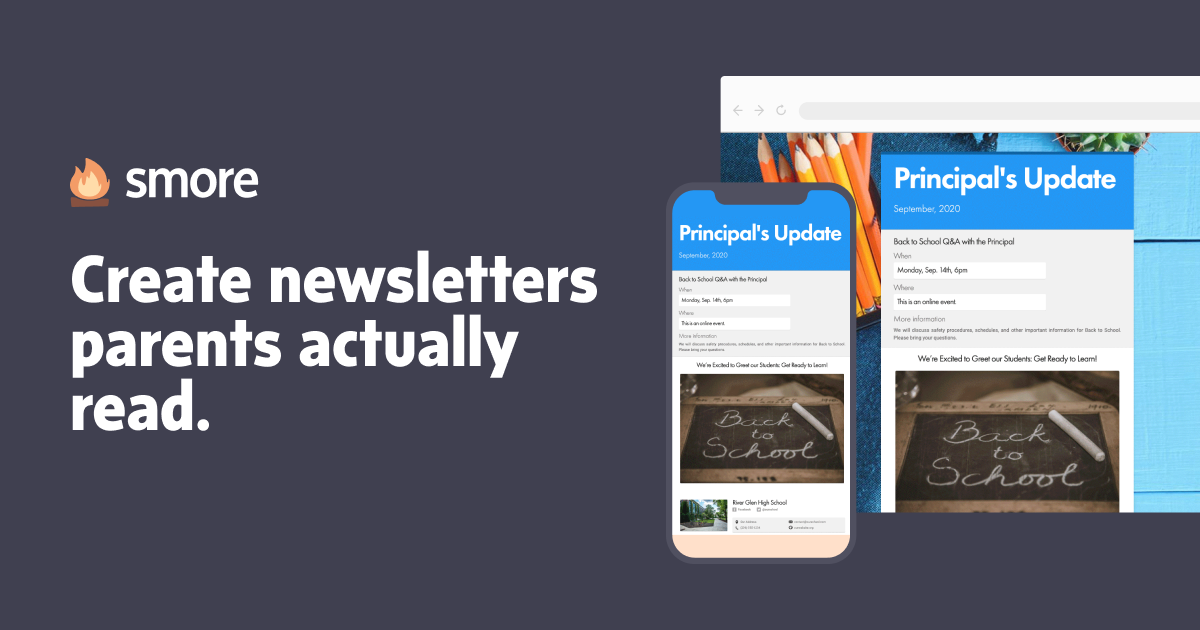
Writing an Effective Classroom Newsletter
Share
Engaging with your classroom community is a surefire way to be the educator every parent/guardian desires their students to have. Using the outline below you'll be able to craft an effective and engaging newsletter that drives family engagement, keeps everyone informed, and supports your students. The alternative is to keep parents & guardians in the dark and wait for those dreaded negative emails.
Newsletters are a recurring email that go out at a set time and day. These are used to communicate information to interested parties and parents & guardians are interested! This doesn't need to take more than 30 minutes a week and will ensure a smoother communication process. Plus, you'll be the teacher everyone brags on because of your communication efforts, clarity, and overall engagement.
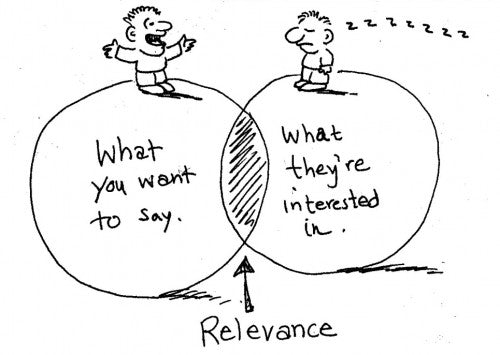
Keep it relevant
In order to have an effective classroom newsletter, it must be relevant. This means keeping it specific to your class, subject, or course. Sending out information that isn't relevant to that particular area will only result in confusion. The more specific you can be the better.
Examples:
- Mrs. Smith's 2nd Grade Class
- Biology at Texas High School

Include a quick blurb of the most important information
Not everyone is going to read the newsletter no matter how amazing it might be. So, we need to communicate the most impactful information immediately. This way, even if they merely read the first section, they have new information.
Include relevant photos & information to explain them
By including images, diagrams, and information should all be centered around your class or course. This means including images of student work, your classroom, yourself, and your students are all great ways to make it more meaningful.

However, depending on your school, it may be best to not include student faces. Some parents and guardians are not okay with photos of their children being shared with the public; even if it is just their classmates and their families. Ask for permission early in the year or just simply don't include faces.
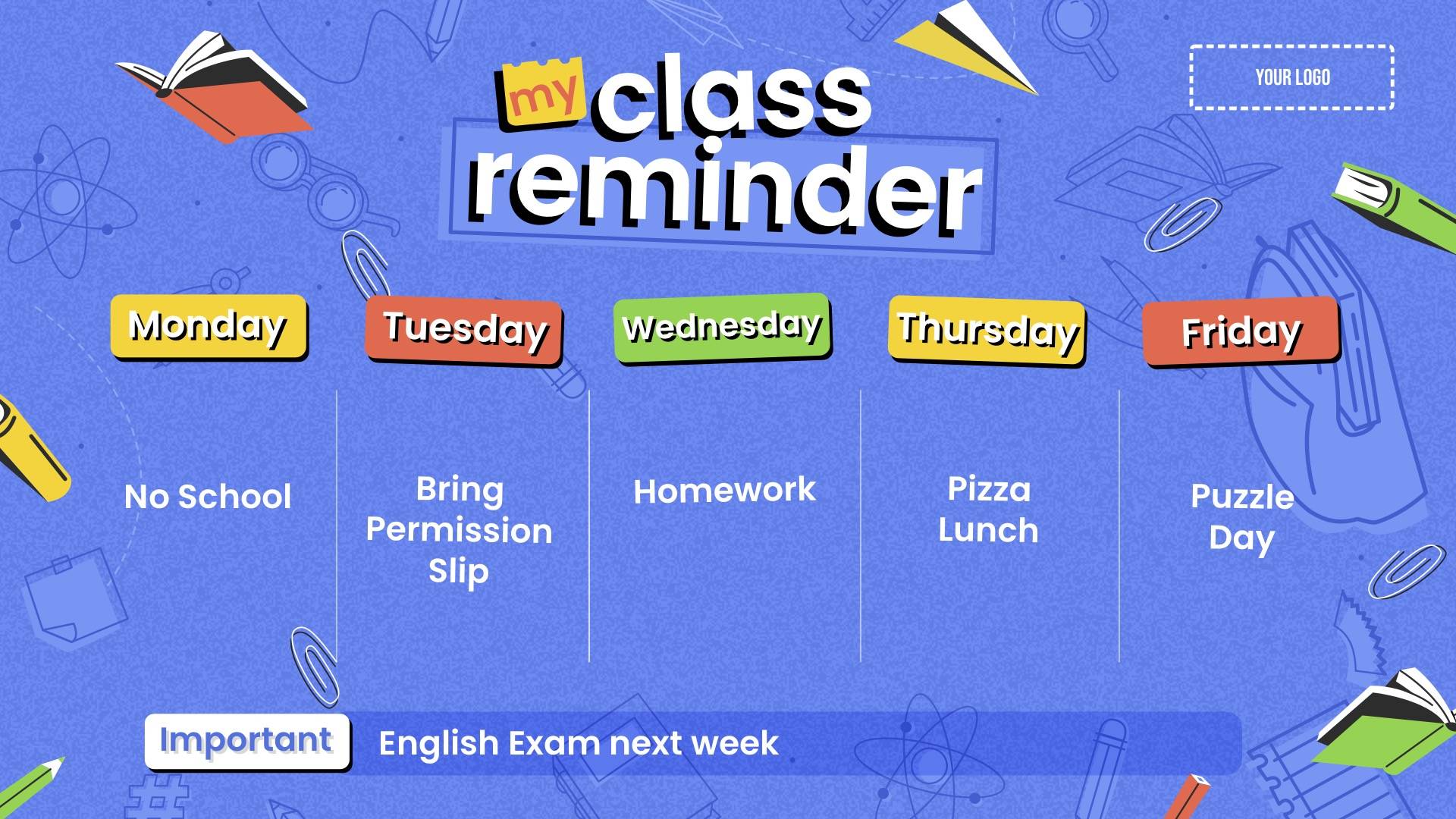
The information you include needs to be relevant as well. This means including items like upcoming test dates, field trips, or school-wide events are perfect. Avoid including things like politics, personal beliefs, religion, etc. It is better to err on the side of caution and maintain that professional boundary.
Give a preview of what is to come
Your newsletter should include news. Shocking I know. This isn't information that is circulating on the various news stations but rather what is impacting your classroom such as: upcoming examination dates, the start date of a new unit, reminders for deadlines, class events or trips, etc.
This doesn't need to be overly explained either. A simple explanation will go further than a lengthy one.
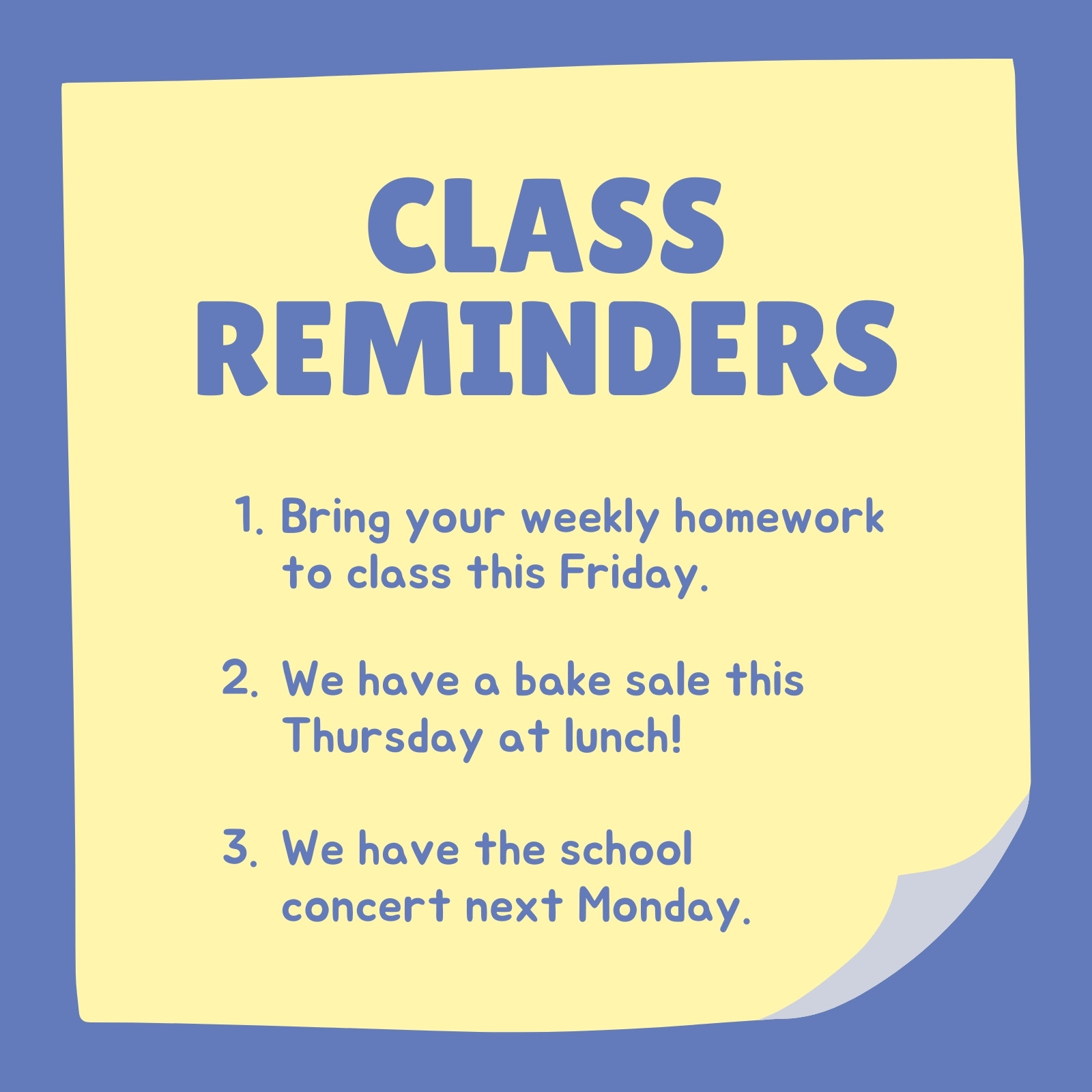
Include ways to engage their learner at home
This will take your newsletter to the next level and make you an educator-hero. Parents and guardians will rejoice and chant your name in the street. Well, maybe not that but this is an extension to elevate your communication by showing how much you care.
If you are covering a particular unit such as measurements, send home an easy activity for parents to do with their child around the house. Such as, measuring foods or linking measurements to baking.
Look for ways to connect what you are teaching back to their lives. Is there a major event coming up, like a solar eclipse? A free book to read with their child? Perhaps there is even an easy experiment to do at home in the kitchen.
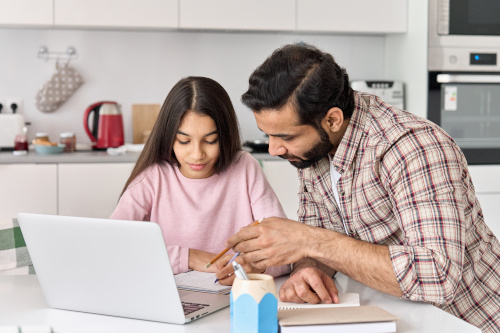
Include your information
This is your classroom and your newsletter. Your information should be included every time. Include your name, position, courses or classes you teach, where you teach, tutoring availability, email address, and school phone number. Does this seem like overkill as the year goes on? Perhaps, but it might be the first email these individuals open from you all year. Make it count!

Ask for their support
This is also a great way to include an area for parents to support your classroom and their students' learning experiences. If you have a class wishlist, fundraiser, or need volunteers, include that information. Everyone loves to support one another and you'd be surprised how many are willing to help you!
![How Room Parents Can Ask for Volunteers (Free Template) [Free Template] | Room Mom Rescue](https://roommomrescue.com/wp-content/uploads/2020/10/room-mom-volunteer-letter-asking-for-volunteers-02-800x500.jpg)
We recommend using an Amazon Wishlist for your classroom or using DonorsChoose for larger projects.

Format your newsletter
Use a newsletter app like Smore to make this easier for you. The initial setup will take slightly longer than a standard text email but look far more engaging and professional. This will also give you a repeatable template to use throughout the year!
A newsletter doesn't need to be overly complex. Keep things simple and relevant. Include important information and ways to connect learning at home. Ask for help as you need it and watch the bridge between community and classroom be built!

